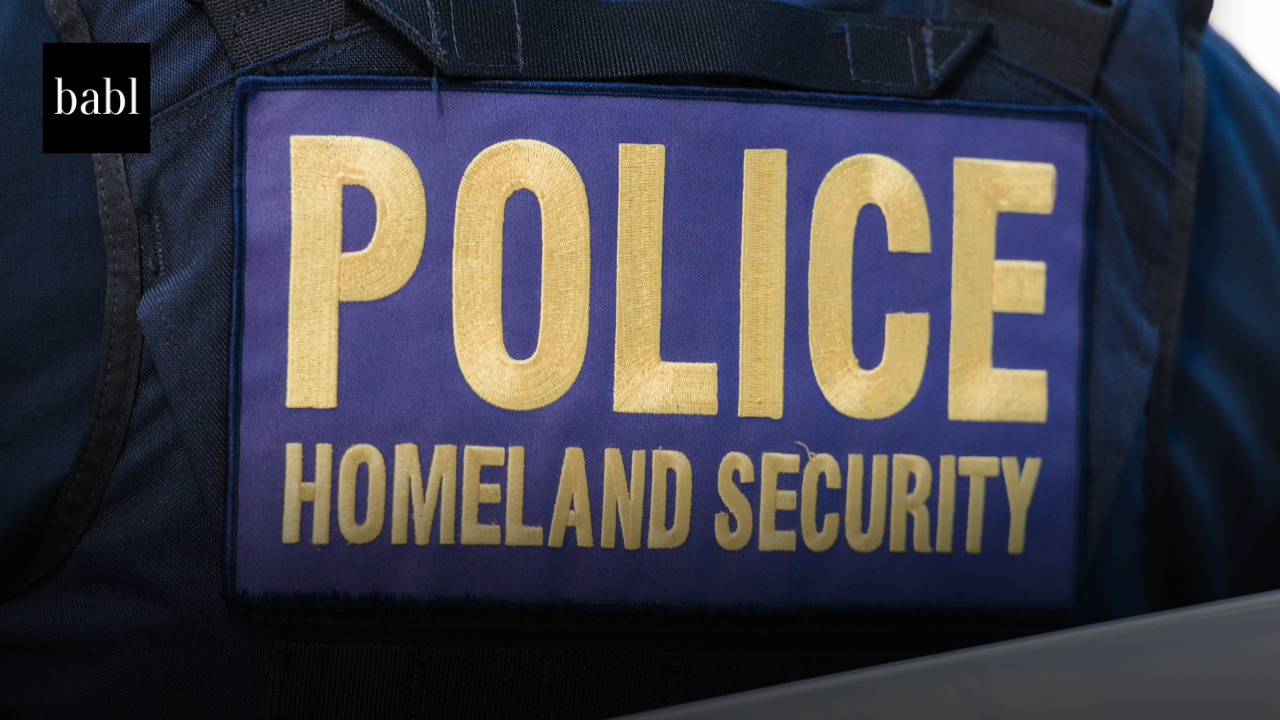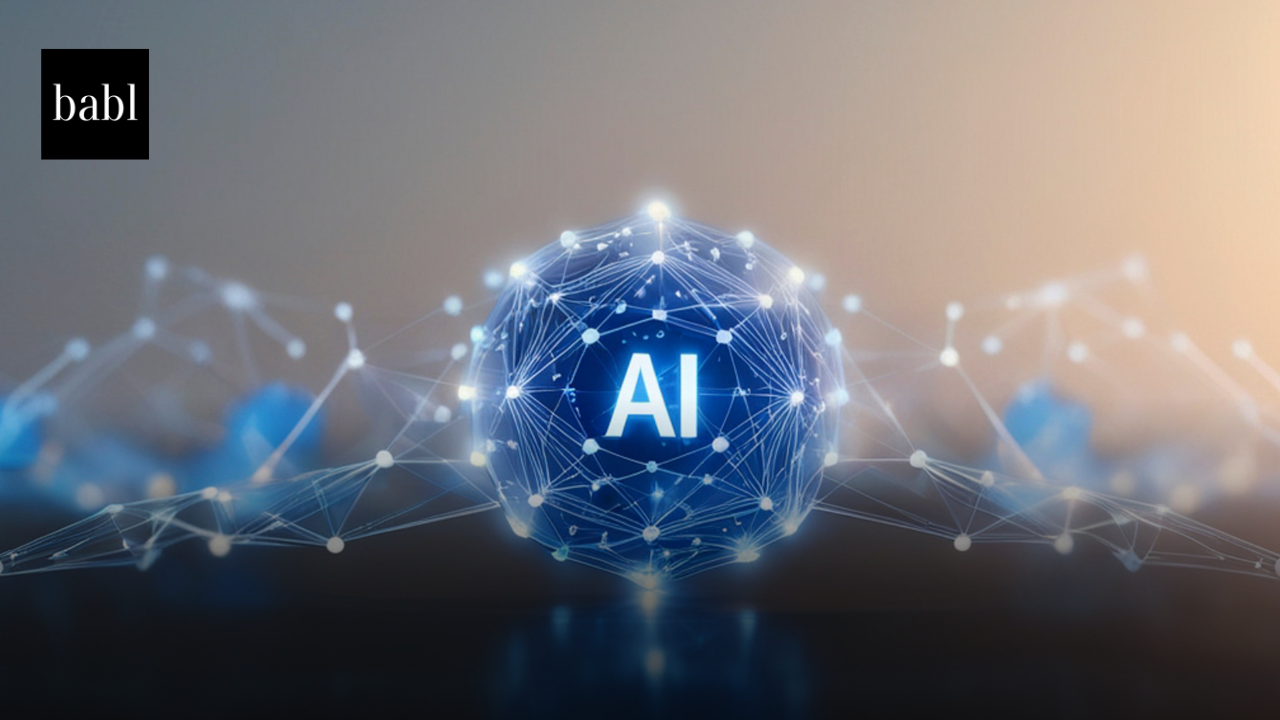The Department of Homeland Security (DHS) has released a landmark framework to guide the safe and secure deployment of artificial intelligence across the nation’s critical infrastructure. The new “Roles and Responsibilities Framework for Artificial Intelligence in Critical Infrastructure” represents a coordinated effort among industry, civil society, and government stakeholders. Its goal is to ensure that AI strengthens essential services without creating new safety or security risks.
A Collaborative National Effort
Secretary Alejandro N. Mayorkas, who created the Artificial Intelligence Safety and Security Board, underscored AI’s potential when used responsibly. “AI offers a once-in-a-generation opportunity to improve the strength and resilience of U.S. critical infrastructure, and we must seize it while minimizing its potential harms,” he said.
The framework reflects months of work by experts from government, academia, and the private sector. It offers actionable guidance for cloud service providers, AI developers, critical infrastructure operators, civil society groups, and public agencies.
Marc Benioff, CEO of Salesforce, noted the importance of the Board’s cross-sector approach: “The framework prioritizes trust, transparency, and accountability—key elements for harnessing AI’s potential while safeguarding critical services.”
Key Vulnerabilities Identified
DHS highlighted three categories of vulnerabilities associated with AI used in critical infrastructure:
- Attacks Using AI: Instances where AI technologies facilitate malicious activities.
- Attacks Targeting AI Systems: Exploiting weaknesses in AI models to disrupt operations.
- Design and Implementation Failures: Flaws in AI systems that could lead to unintended consequences.
Recommendations Across the AI Ecosystem
To address these risks, the framework outlines tailored recommendations:
- Cloud Providers: Ensure robust access management, physical security for data centers, and systems for detecting suspicious activities.
- AI Developers: Adopt secure-by-design principles, prioritize privacy, conduct risk evaluations, and support independent assessments.
- Infrastructure Operators: Maintain strong cybersecurity practices, safeguard consumer data, and monitor AI systems’ real-world performance.
- Civil Society: Continue research and standards development to improve the safety and equity of AI deployments.
- Government Entities: Lead by example in adopting AI responsibly and collaborate with international partners to ensure global security.
Arvind Krishna, IBM’s chairman, praised the initiative, stating, “The framework is a powerful tool to guide responsible AI deployment.”
Toward Safer National Infrastructure
DHS believes that widespread adoption of these practices can improve the reliability of critical infrastructure systems and strengthen public trust. As AI becomes more embedded in essential services, the framework serves as an early blueprint for safeguarding national security while encouraging innovation.
Need Help?
If you’re concerned or have questions about how to navigate the U.S. or global AI regulatory landscape, don’t hesitate to reach out to BABL AI. Their Audit Experts can offer valuable insight and ensure you’re informed and compliant.





